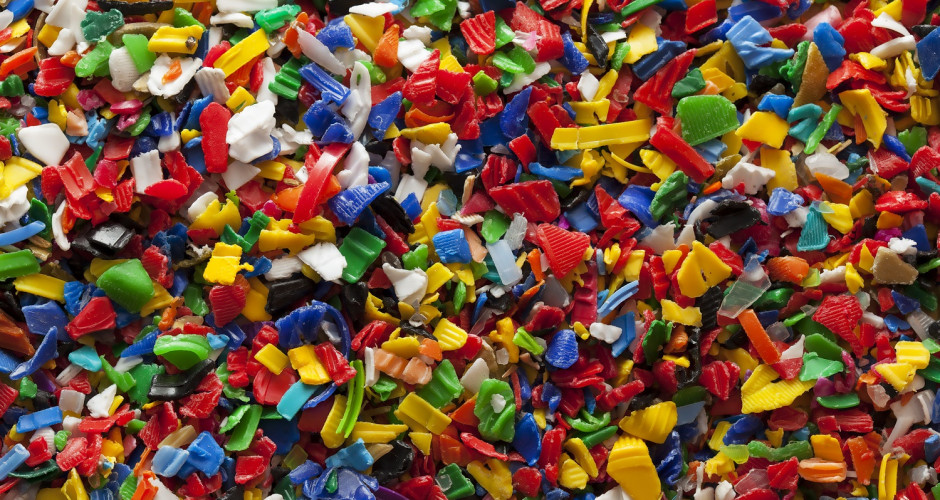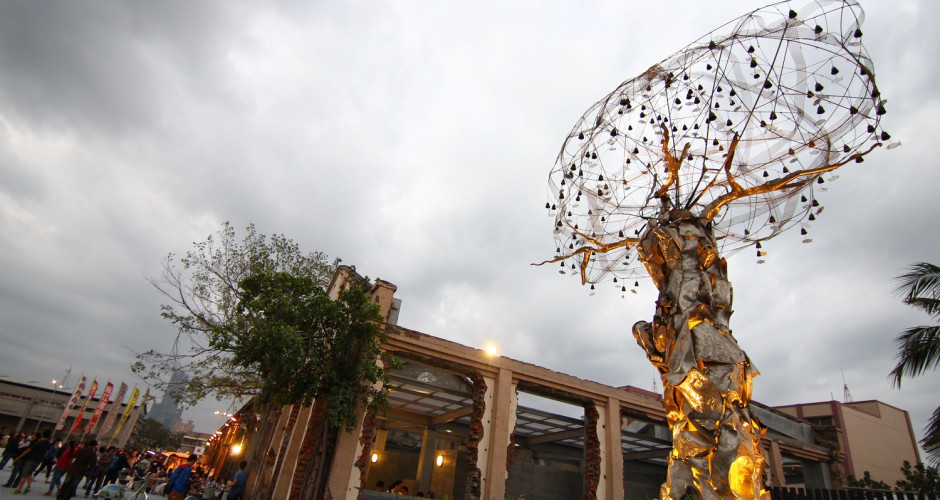Give plastics new life. Many artists in Taiwan use the land as their canvas. A giant replica of Vincent van Gogh’s famous painting The Starry Night was created with 4 million recycled plastic bottles. How much is 4 million plastic bottles exactly? It equals 2,050 Taipei 101s and weighs about 1,538 adult males. According to the Environmental Protection Administration, Taiwan produces approximately 6 billion plastic bottles per year, so 4 million is only the amount of bottles Taiwanese people generate in 2.5 days. As we stop and admire the scenery, we should also think about the amount of rubbish we generate just for the sake of convenience.
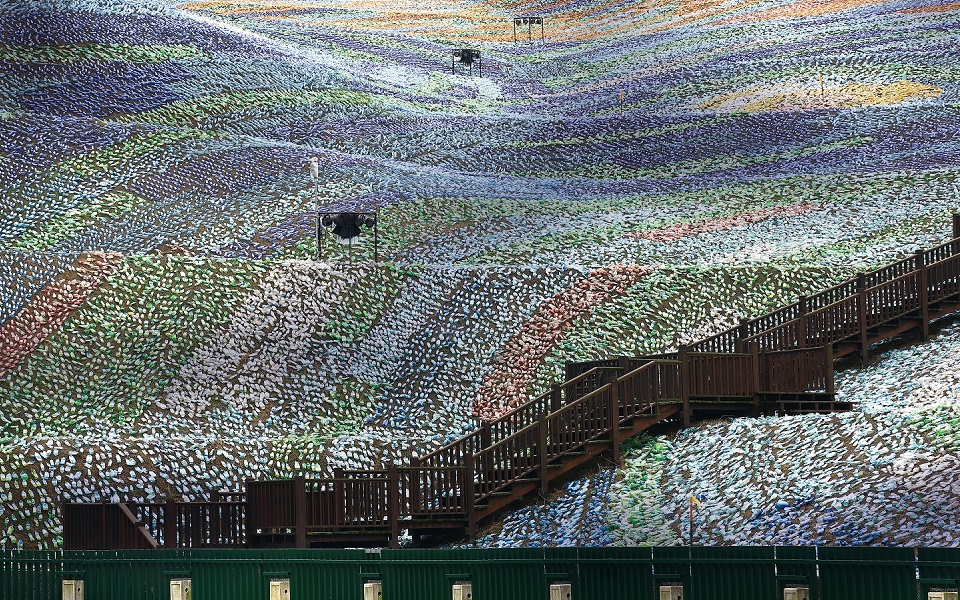

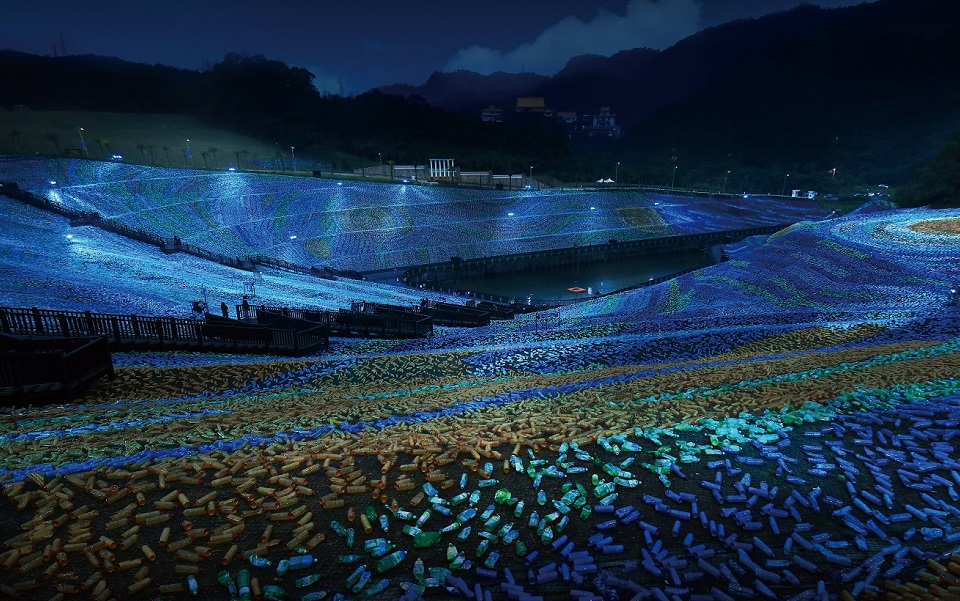
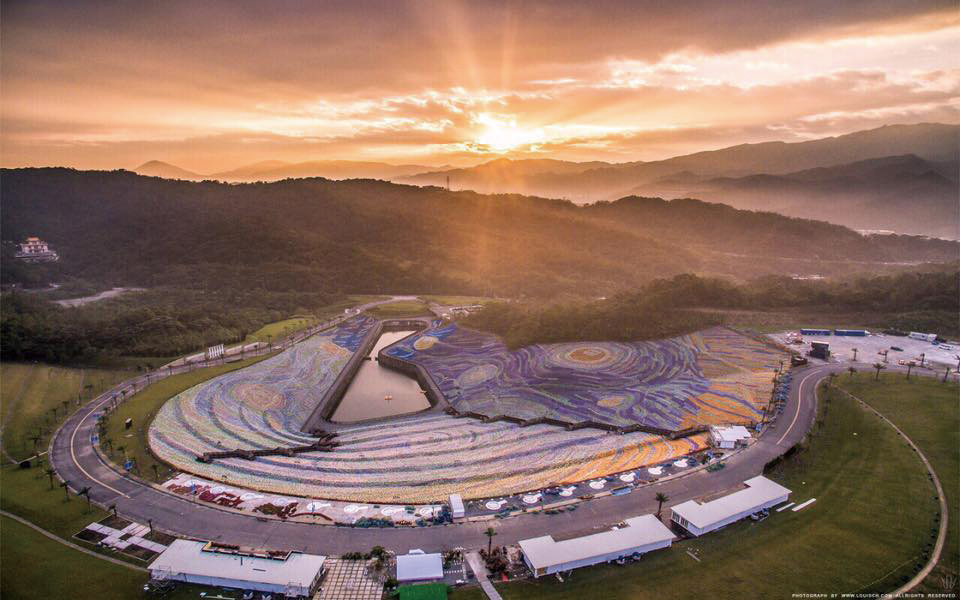
Photo /// The Starry Paradise, a giant replica of Van Gogh’s The Starry Night created with 4 million recycled plastic bottles.
A Hidden Environmental Impact
The history of plastic dates back to 1850, over 100 years ago. In modern day, it is difficult to imagine life without plastic. Plastics are widely used in life because they are light in weight and generally inexpensive. Unfortunately, plastics also impact our health and environment. Refrigerators in homes and convenient stores are packed with plastic containers, which is why a major percentage of the total waste we generate are plastics. From plastic bags for carrying our breakfast in the morning, to bottled drinks purchased in convenient stores, and the disposable toiletries in hotels…how much plastic waste do we produce a day exactly? Plastic goods provide convenience, but are you aware of how much they affect the environment?
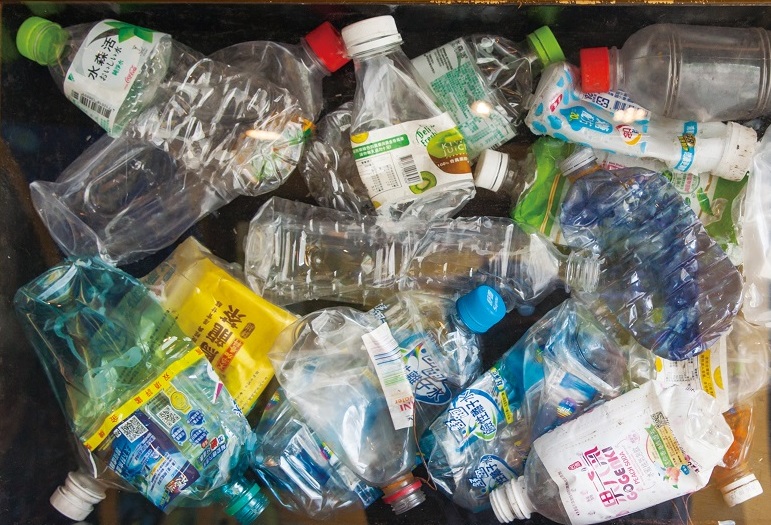
Bottled drinks are produced from petrochemicals, which pollute the environment. What’s more, plasticizers, stabilizers, and flame retardants are added to stabilize plastic. The production and shipping of plastic bottles require loads of water for cooling and washing.
Data show that for every liter of bottle at least 17.5 L of water is consumed, which is more than the amount of water contained in bottles! As such, we really should contemplate the connection between water shortage and earth resources.
Plastic takes 700 years to start breaking down, and 1,000 years to completely degrade. Since 80% of plastic waste on land enters the oceans, it accounts for more than 89% of marine debris, affecting up to 700 types of marine species and the overall health of marine environments and humans.
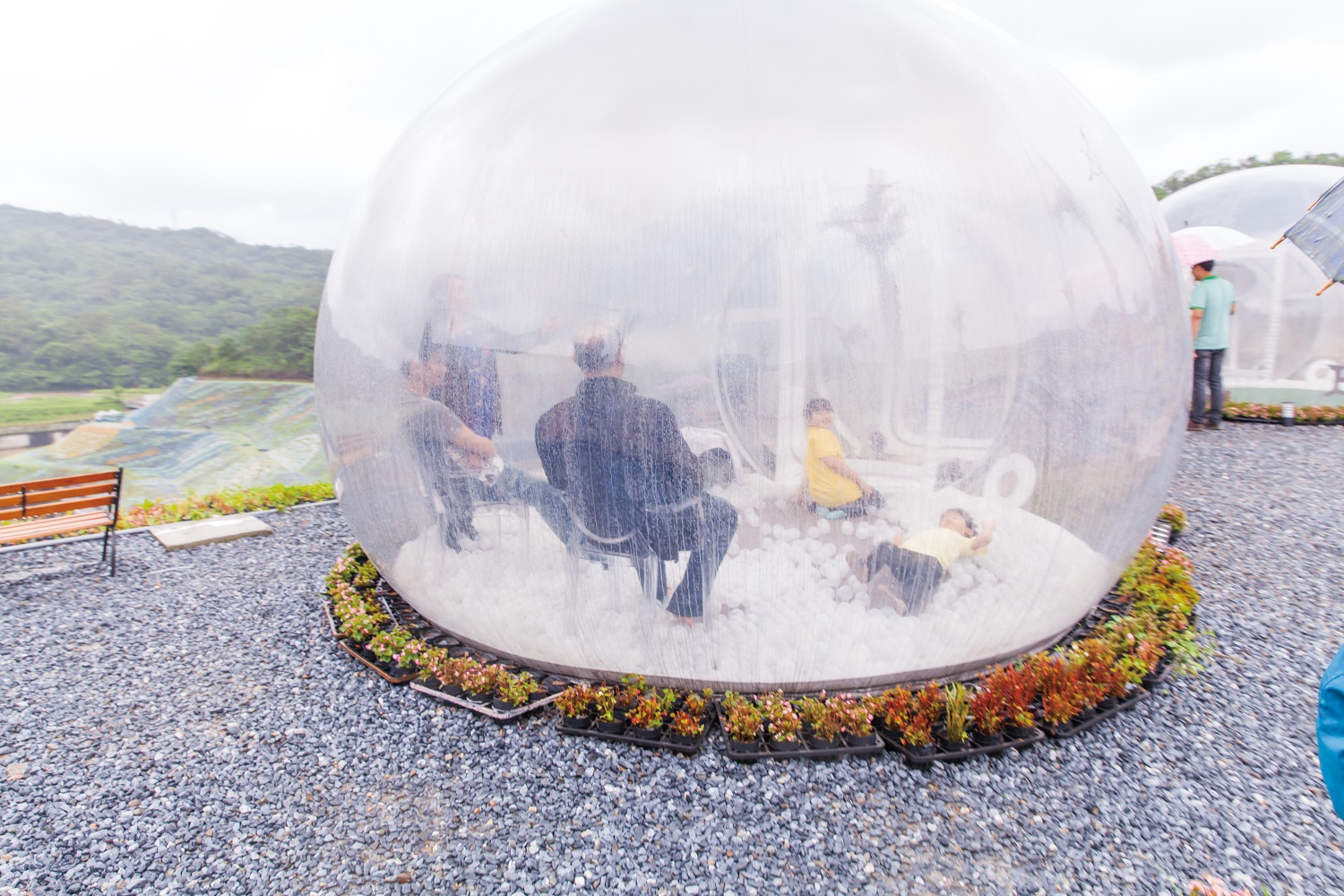
Photo /// The Starry Bubble House
According to United Nations Environment Programme (UNEP), every year at least 8 million tons of plastics flow into the ocean, which is equivalent to dumping the contents of one garbage truck into the ocean every minute. The shocking data give us no choice but to address this issue.
Turning Plastic Crisis into an Opportunity: Give Plastics New Life
Awareness on sustainability, environmental conservation, energy saving and carbon reduction, as well as waste reduction and recycling is increasing. Most countries are aware of how important the activity of recycling is. They are establishing recycling mechanisms and increasing the economic value of recycling. However, only 14% of plastic packaging in the world is being recycled, with the remaining 40% ending up in landfills and 32% polluting the environment. In recent years, numerous artists have begun turning recycled wastes into 5 6 7 8 beautiful pieces of art, lighting, and furniture. Recycled plastic goods such as bottles can be transformed into polyester for clothing, blankets, bags, ties, scarves, and zips.
In 2010, FE EcoARK became the world’s first green building made of used plastic bottles. The walls built from transparent bottles are like crystal and provide natural lighting during the day so no electricity is required. The magnificent building is like an enormous eco-art!


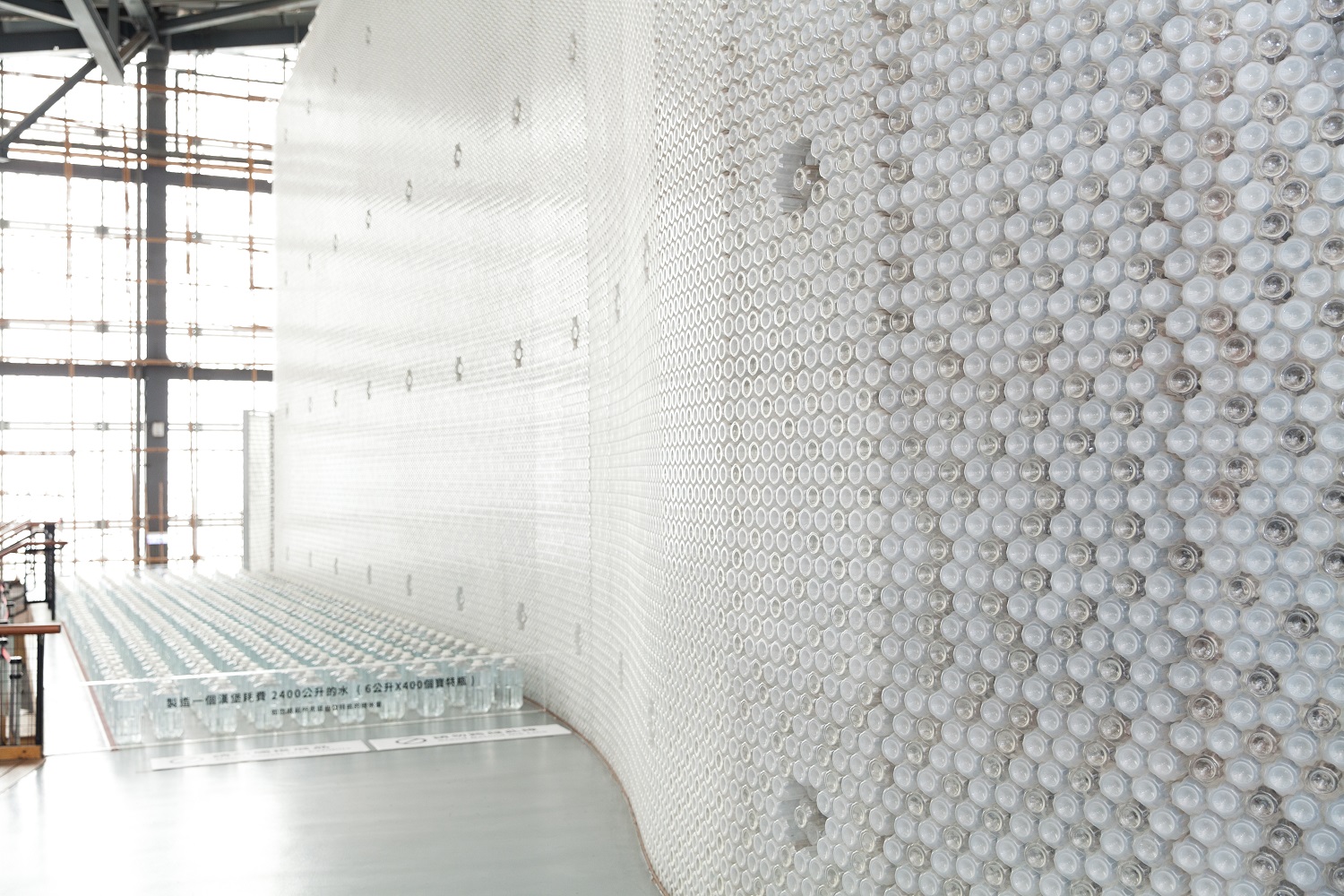
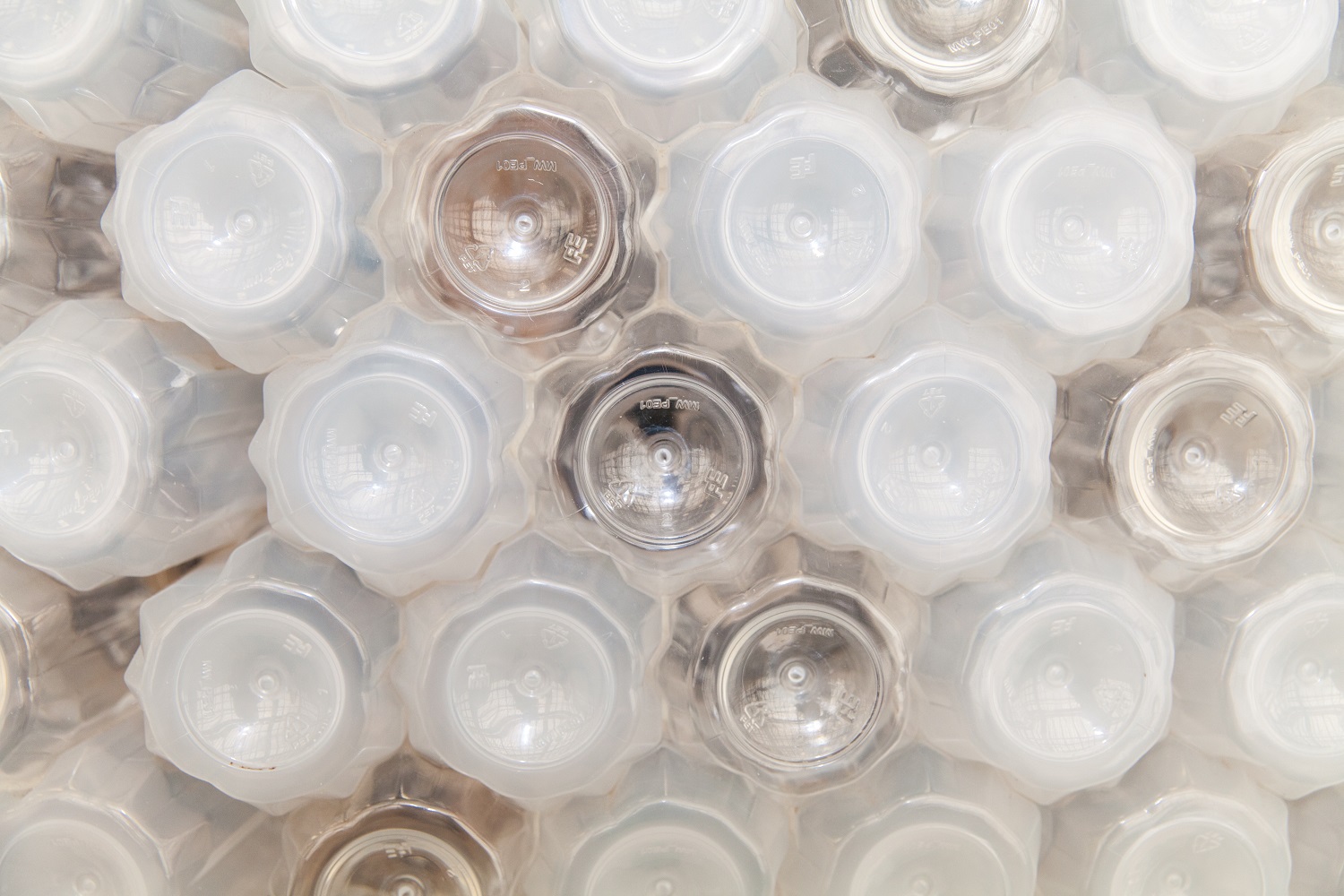
Photo /// FE EcoARK, the world’s first pavilion built with 1.52 million recycled plastic bottles; it covers an area of 2,186 m2 and is 29.8 m tall
Recycling Benefits to the Economy
Plastics are one of the most used materials in the world. They are relatively cheap to produce mass quantities. However, there are not many investments in plastic recycling. World Economic Forum estimates that by 2050, there will be more plastic than fish in our oceans. So, how should we turn this crisis into an opportunity? By creating new economic benefits with recycling to prevent plastic trash from flowing into the ocean and help plastic refulfill its destiny.

